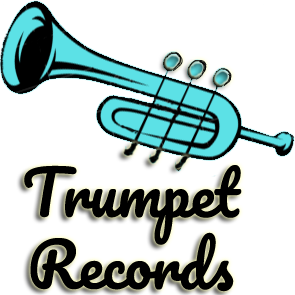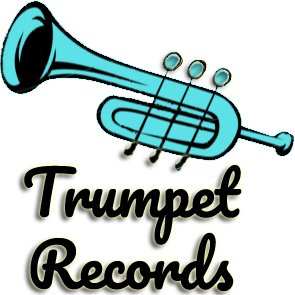"Double and Triple Tonguing"
Techniques & Exercises for Trumpet Players
For trumpet players aiming to enhance their speed, agility, and articulation, mastering the techniques of double and triple tonguing is essential. These advanced techniques allow musicians to execute rapid and seamless passages, adding versatility and fluency to their performances.
Double Tonguing
The basic concept involves utilizing the front and back of the tongue alternately to maintain a consistent flow of air. For instance, while playing a series of fast notes, the syllables "ta" and "ka" are used consecutively to maintain a smooth airflow and articulate each note distinctly.
- Developing Double Tonguing Proficiency
1. Start Slow: Begin by practicing slowly and accurately. Focus on clarity and consistency in articulating each syllable while maintaining a steady airflow.
2. Isolate Problem Areas: Identify challenging passages and practice them separately. Break down sections that require improvement and gradually increase the tempo as proficiency improves.
3. Gradually Increase Speed: Once comfortable with slower tempos, gradually increase the speed while ensuring accuracy and evenness in articulation.
4. Consistent Practice: Regular and consistent practice sessions are key to mastering double tonguing. Dedicate a portion of your practice routine to these techniques to build muscle memory and proficiency.
Triple Tonguing
Triple tonguing takes double tonguing a step further, incorporating a third syllable, often "ta-ka-ta" or "da-ga-da." This technique allows for even faster execution of passages with triplet rhythms or complex patterns.
Similar to double tonguing, triple tonguing requires precision and control over the tongue's movement while maintaining a steady airflow.
- Developing Triple Tonguing Proficiency
1. Master Double Tonguing First: Ensure a strong command of double tonguing before advancing to triple tonguing. The foundation provided by double tonguing lays the groundwork for mastering the additional syllable.
2. Practice in Patterns: Begin by practicing simple patterns such as scales, arpeggios, or short musical excerpts using triple tonguing. Focus on achieving clarity and consistency in each syllable.
3. Gradual Tempo Increase: As with double tonguing, gradually increase the tempo while maintaining precision and evenness in articulation.
4. Patience and Persistence: Triple tonguing requires patience and persistence. Consistent and deliberate practice is vital for improving fluency and control.
- Benefits of Double and Triple Tonguing
Mastering these techniques offers trumpet players several advantages:
- Enhanced Articulation: Allows for clear and precise articulation of rapid passages.
- Increased Versatility: Enables players to tackle complex musical passages with greater ease and confidence.
- Expanded Repertoire Options: Opens doors to repertoire pieces with demanding technical requirements.
In conclusion, the mastery of double and triple tonguing techniques is a valuable asset for trumpet players seeking to elevate their playing abilities. With dedication, consistent practice, and patience, these techniques can significantly enhance a musician's skill set and musical expression.
---
This article aims to provide trumpet players with a comprehensive understanding of double and triple tonguing techniques, offering guidance on developing proficiency and highlighting the benefits of incorporating these techniques into their repertoire.



